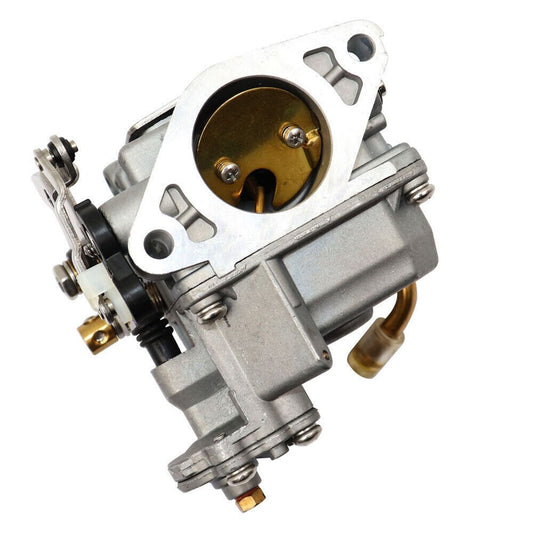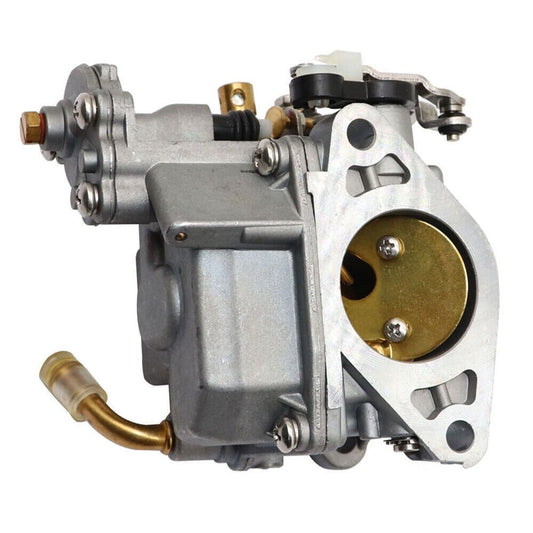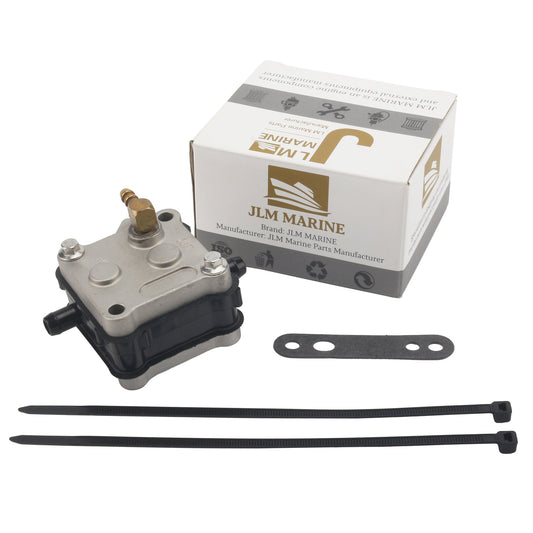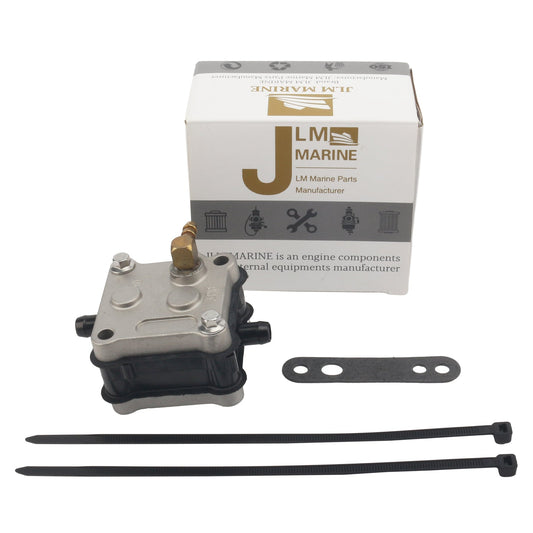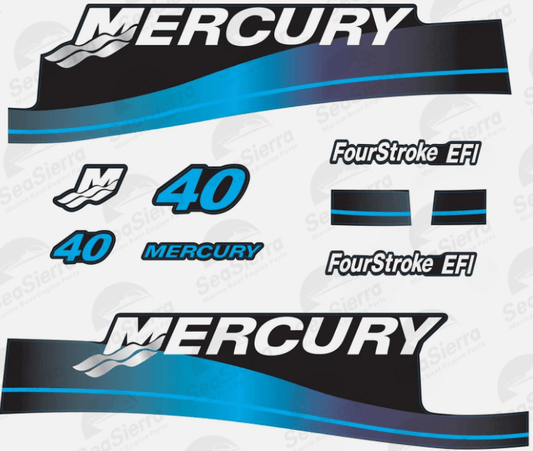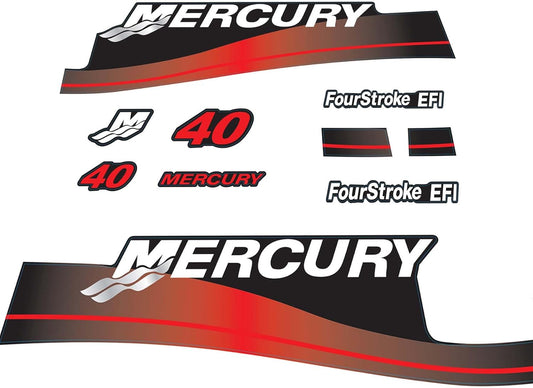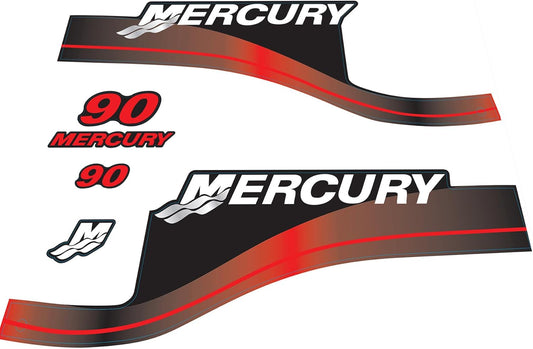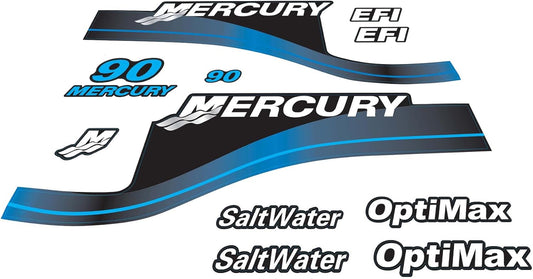Brazilian Marine Market Navigating the Economic Storm in South Americas Boating Industry
Once celebrated as Latin America's boating success story, Brazil's marine market has experienced a dramatic reversal of fortune that has left industry veterans stunned by its severity and scope. What was a thriving, vibrant sector just five years ago has transformed into an industry fighting for survival amid the country's worst economic and political crisis in decades. This stark transformation offers valuable insights into the cyclical nature of marine markets and highlights the importance of adaptability and resilience for businesses serving this sector.
The Rise and Fall of Brazil's Marine Market
Brazil's marine industry has undergone an extreme about-face in the last five years. According to industry statistics, new-boat sales have plummeted by 30%-40% in the last year alone, following two previous years of declines. While some market segments have been hit harder than others, every boatbuilder is feeling the impact of this dramatic downturn.
The contrast with the recent past is striking. Paulo Renha, president of Real Powerboats, notes that 2010 was a record year for his company. In the last 12 months, however, he has been forced to lay off more than a third of his staff. "I've been in this business for 30 years, and while we've faced difficult times, I've never seen anything like the current situation," Renha observes. "I have no idea what will happen politically or to the economy over the next six months."
The statistics for boat sales paint a sobering picture. Acobar, Brazil's marine trade association, reported production of only 92 domestic sailboats valued at $3.2 million for 2014, with the importation of just 18 sailboats valued at $2.4 million. The number of sterndrives built in Brazil last year was 1,240 with a value of $386 million, with 111 imported units valued at $26.1 million. This represents approximately half the number of units built in the country during the peak year of 2010.
Smaller, outboard-powered boats fared somewhat better than other categories, with 2,350 units valued at $245 million built in the country last year. However, as one industry analyst noted, "That was a nice lift in units but didn't add much value to the overall equation."
Economic and Political Factors Driving the Downturn
The Brazilian marine industry is facing what can only be described as a perfect storm of economic and political challenges. These troubles have been largely attributed to the administration of Brazil's president, Dilma Rousseff, whose approval rating has plummeted to a mere 7%.
Several key factors have contributed to the current crisis:
Macroeconomic Deterioration
Inflation has climbed to 8%, creating significant pressure on consumer purchasing power. The value of the Brazilian Real has dropped by 34% against the US Dollar in the last 24 months, making imported components and materials substantially more expensive for local manufacturers.
The country officially moved into recession in the second quarter of 2015, with economists forecasting negative GDP growth of -1% for 2016 and -1.7% for 2017. This economic contraction has had a profound impact on consumer confidence, which has fallen to its lowest level since tracking began in 2005.
Employment Challenges
The labor market has deteriorated rapidly, with 500,000 workers laid off in the first half of 2015 alone. Unemployment, which remained below 5% for most of 2014, is expected to reach 8% by the end of 2015. Real wages have been falling since March, while taxes are increasing, creating a squeeze on household finances that has dramatically reduced discretionary spending.
Political Instability
Widening political scandals involving President Rousseff's party have created an atmosphere of uncertainty and instability. This political turmoil has further eroded business and consumer confidence, making long-term planning extremely difficult for companies operating in Brazil.
Global Economic Factors
The slowdown in China's economy has hurt Brazil by lowering prices for many of its key commodities, including iron ore and soybeans. The country's largest iron ore producer reported that its second-quarter sales were down 29.7% compared to a year earlier. Brazil's Minister of Development and Foreign Trade, Armando Monteiro, acknowledged in August that Brazil is "already feeling the effects" of the Chinese slowdown on its economy.
The combination of these factors has created an extremely challenging environment for luxury goods like boats. As Jorge Nasseh, CEO of Barracuda Composites and vice president of Acobar, aptly puts it: "It's hard to find people to be in a good enough mood in this kind of scenario to buy a new, or even a used boat."
Market Segmentation: Varying Impacts Across the Industry
While the overall market has contracted significantly, the impact has not been uniform across all segments. Both the high and low ends of the market have shown greater resilience than the middle ranges.
Luxury Yacht Segment (60ft+)
Somewhat surprisingly, the ultra-luxury segment has demonstrated relative strength amid the broader downturn. Davide Breviglieri, CEO of Azimut Brazil, reports a 35% increase in orders in the last year for yachts over 60 feet. "The economic situation made us rethink our strategies for this year," explains Breviglieri. "Buyers in the 60 to 83ft range don't feel the effects of the crisis as much, so we saw an increase in boat sales above 60ft. We built 35 new boats in our fiscal year through September."
For its 2016/2017 model year, Breviglieri expects to double production in that size range. Azimut builds six yacht models in Brazil from 42ft-83ft LOA and plans to launch a new model this year. The Italian builder is planning for an economic recovery after 2017, believing that "the companies that remain strong in the market will have major competitive advantages."
Small Outboard Boat Segment (60hp and below)
The small outboard boat segment, particularly vessels powered by engines of 60hp and below, has also shown greater resilience than the mid-range market. Bill Gress, president of Mercury Marine's South America operations, estimates that this segment, comprised mainly of commercial fishermen, has seen an 18%-20% decline—significant, but less severe than other categories.
"The commercial segment continued to grow through 2013," Gress notes. "It gave our sales a nice shot in the arm." Mercury's commitment to the Brazilian market remains strong, as evidenced by the opening of a new distribution center in Palhoca, Brazil, joining two others in Manaus and Rio de Janeiro. The company also opened a million-dollar training center in Rio in August, equipped with electronic diagnostic tools and computers to enhance service quality across its dealer network.
Mid-Range Yacht Segment (50-60ft)
The middle segment of the market has been hit particularly hard. "The 50- to 60ft yacht segment experienced a large drop in the last three years," says Jorge Nasseh. "That has impacted big domestic builders like Intermarine and Schaefer."
This segment has traditionally been popular among Brazil's upper-middle class, a demographic that has been especially affected by the economic downturn. Unlike the ultra-wealthy who can weather economic storms more easily, or commercial operators who use boats for their livelihood, the discretionary nature of yacht purchases in this segment makes it particularly vulnerable to economic uncertainty.
Foreign Manufacturers in Brazil: Strategic Responses
The economic crisis has forced foreign manufacturers with operations in Brazil to reassess their strategies. Companies like Beneteau, Sessa, Azimut, and Brunswick Boat Group established factories in Brazil during the boom years around 2010, attracted by the country's strong growth and protective import tariffs.
These foreign manufacturers are generally better funded than their Brazilian competitors, providing them with more flexibility to weather the downturn. However, most have adopted a cautious approach until market conditions improve.
Laurent Fabre, president of Beneteau of the Americas, describes the company's measured entry into the Brazilian market: "When we built a factory in the country, we built just an assembly line so investment was restricted to a minimum. All of the non-Brazilian builders went in there quickly but not massively."
Fabre explains that the allure of Brazil, which posted 30% growth for three consecutive years, was particularly compelling at a time when the US and European markets were in decline. Given the country's relative protection from the global downturn and its steep tariffs on imported boats, it made strategic sense to enter one of the few global growth markets at that time.
However, the limitations of the market have become apparent. "The market was not that large and often restricted to boats above 50ft," Fabre notes. "You had the same wealthy people buying the boats, and maybe a fringe of the middle class willing to take a risk on a new-boat purchase. But we all ended up fighting for the same customers."
Brunswick, parent company of Mercury Marine, stands out as the only foreign company that has not reduced its presence in Brazil during the downturn. The company's continued investment in distribution and training facilities demonstrates a long-term commitment to the market despite current challenges.
Structural Challenges in the Brazilian Marine Market
Beyond the immediate economic and political crisis, several structural factors complicate the Brazilian marine market:
Financing Difficulties
Securing financing for boat purchases has become extremely difficult in the current economic climate. High interest rates, stringent lending criteria, and general economic uncertainty have made banks reluctant to finance luxury purchases like boats. This financing challenge represents a significant barrier to market recovery, particularly in the middle segments where buyers typically rely on financing options.
Tax Burden
Brazil's complex and heavy tax structure creates substantial challenges for the marine industry. Both federal and local taxes make it difficult for boat dealers to sell to customers at reasonable prices. These tax burdens increase the total cost of ownership significantly and create competitive disadvantages for legitimate dealers compared to the gray market.
Market-Specific Requirements
The Brazilian market has unique characteristics that require specialized product development. As Laurent Fabre of Beneteau observes, "Brazil has very specific ways of using boats and builders need to design products for that market. You can't just sell overstock boats from America. There is no such thing as one answer for that country."
These market-specific requirements create additional challenges for manufacturers, particularly foreign companies attempting to adapt global product lines to local preferences. Understanding and addressing these unique market needs is essential for long-term success in Brazil.
Opportunities Amid the Crisis
Despite the challenging environment, several opportunities exist for marine equipment suppliers and service providers:
Aftermarket and Maintenance
As new boat sales decline, the aftermarket for parts, accessories, and maintenance services becomes increasingly important. Boat owners are more likely to invest in maintaining and upgrading their existing vessels during economic downturns rather than purchasing new ones. This creates opportunities for suppliers of quality replacement parts and maintenance products.
Commercial Fishing Segment
The commercial fishing segment, which primarily uses smaller outboard-powered boats, has shown greater resilience than the recreational market. This segment values reliability, durability, and cost-effectiveness, creating opportunities for suppliers who can provide quality products that enhance productivity and reduce operating costs.
Luxury Yacht Services
The continued activity in the 60ft+ yacht segment suggests opportunities for suppliers and service providers focusing on this high-end market. Ultra-wealthy individuals who continue to purchase and operate large yachts require specialized equipment, maintenance services, and upgrades that represent a valuable market niche even during economic downturns.
Strategic Positioning for Recovery
While the timing remains uncertain, the Brazilian economy will eventually recover. Companies that maintain a presence in the market during the downturn, even at reduced levels, will be well-positioned to capitalize on the recovery when it occurs. This strategic positioning requires patience and financial resources but can yield significant long-term benefits.
Strategies for Marine Equipment Suppliers
For marine equipment suppliers looking to serve the Brazilian market despite its challenges, several strategic approaches merit consideration:
Value-Focused Pricing
In a market experiencing severe economic pressures, value-focused pricing strategies become essential. Factory-direct pricing models that eliminate intermediary markups can be particularly effective, allowing suppliers to offer quality products at competitive prices while maintaining viable margins.
Quality and Durability Emphasis
During economic downturns, customers become more focused on long-term value and reliability. Equipment suppliers who can demonstrate the superior durability and performance of their products have a competitive advantage, particularly when they can articulate the total cost of ownership benefits compared to lower-quality alternatives.
Free Worldwide Shipping
For Brazilian customers facing high local taxes and import duties, free worldwide shipping represents a significant value proposition. This approach can make quality international products more accessible and affordable for Brazilian boat owners and service providers.
Digital Engagement and E-commerce
With travel restrictions and economic pressures limiting physical market presence, developing strong digital engagement strategies becomes increasingly important. Comprehensive online product information, e-commerce capabilities, and responsive customer service through digital channels can help maintain market connections despite physical limitations.
Strategic Partnerships
Developing relationships with established dealers, service providers, and boatbuilders who have weathered previous downturns can provide valuable market access and insights. These partnerships are particularly important in a complex market like Brazil, where local knowledge and connections play crucial roles in business success.
Outlook: When Will Recovery Begin?
The consensus among industry experts is that Brazil's marine market will not see significant improvement until at least 2017. The combination of political instability, economic contraction, and eroded consumer confidence creates a challenging environment that will take time to resolve.
Paulo Renha of Real Powerboats expresses the sense of urgency that many Brazilian boatbuilders are feeling: "I'm 63 now and feel that we have limited time to put the company in order. We have been through difficult times before, so it is not impossible. But if we do not..." His voice trails off, leaving the possibilities unspoken but clearly understood.
For marine equipment suppliers, this outlook suggests the need for patience and strategic planning. While maintaining a presence in the Brazilian market may require scaled-back operations and adjusted expectations in the near term, the country's fundamental attractions—including its extensive coastline, strong maritime tradition, and eventual economic recovery—provide a foundation for cautious optimism about its long-term prospects.
Conclusion: Lessons from Brazil's Marine Market Transformation
Brazil's dramatic shift from boating boom to bust offers valuable lessons for the global marine industry. The volatility of emerging markets, the impact of political and economic factors on luxury goods sales, and the importance of segment-specific strategies are all powerfully illustrated by Brazil's experience.
For marine equipment suppliers, the Brazilian situation underscores the importance of adaptability, financial resilience, and strategic patience when serving emerging markets. While the current environment presents significant challenges, those who can weather the storm with appropriate strategies and a long-term perspective will be well-positioned to benefit when Brazil's marine market eventually returns to growth.
As one industry veteran observed, "In Brazil, we have a saying: 'Depois da tempestade vem a bonança'—after the storm comes fair weather." For the Brazilian marine market, the storm continues to rage, but the fundamental factors that once made it Latin America's boating success story remain. When economic and political stability return, those who maintained their presence and relationships during the difficult times will be best positioned to capitalize on the country's eventual marine renaissance.

